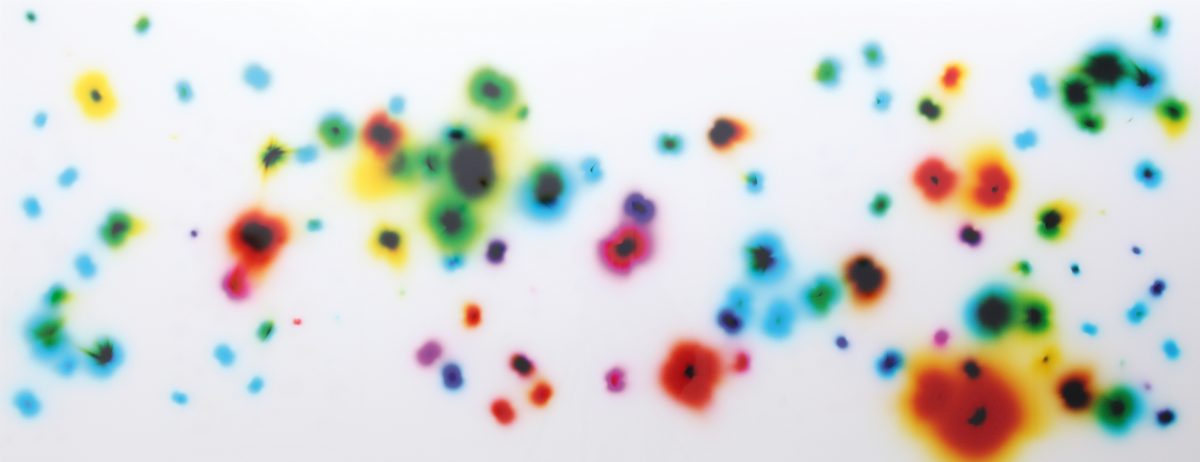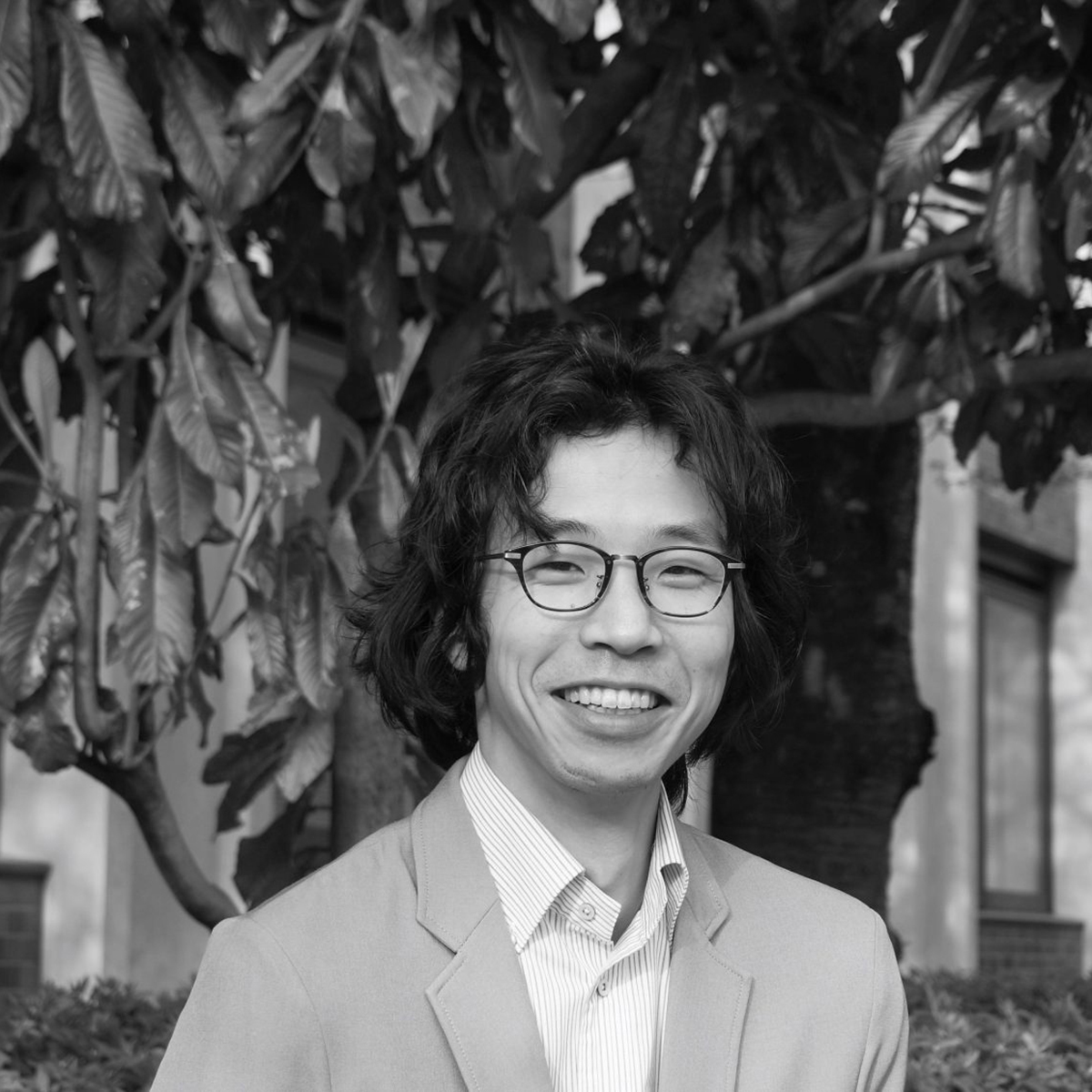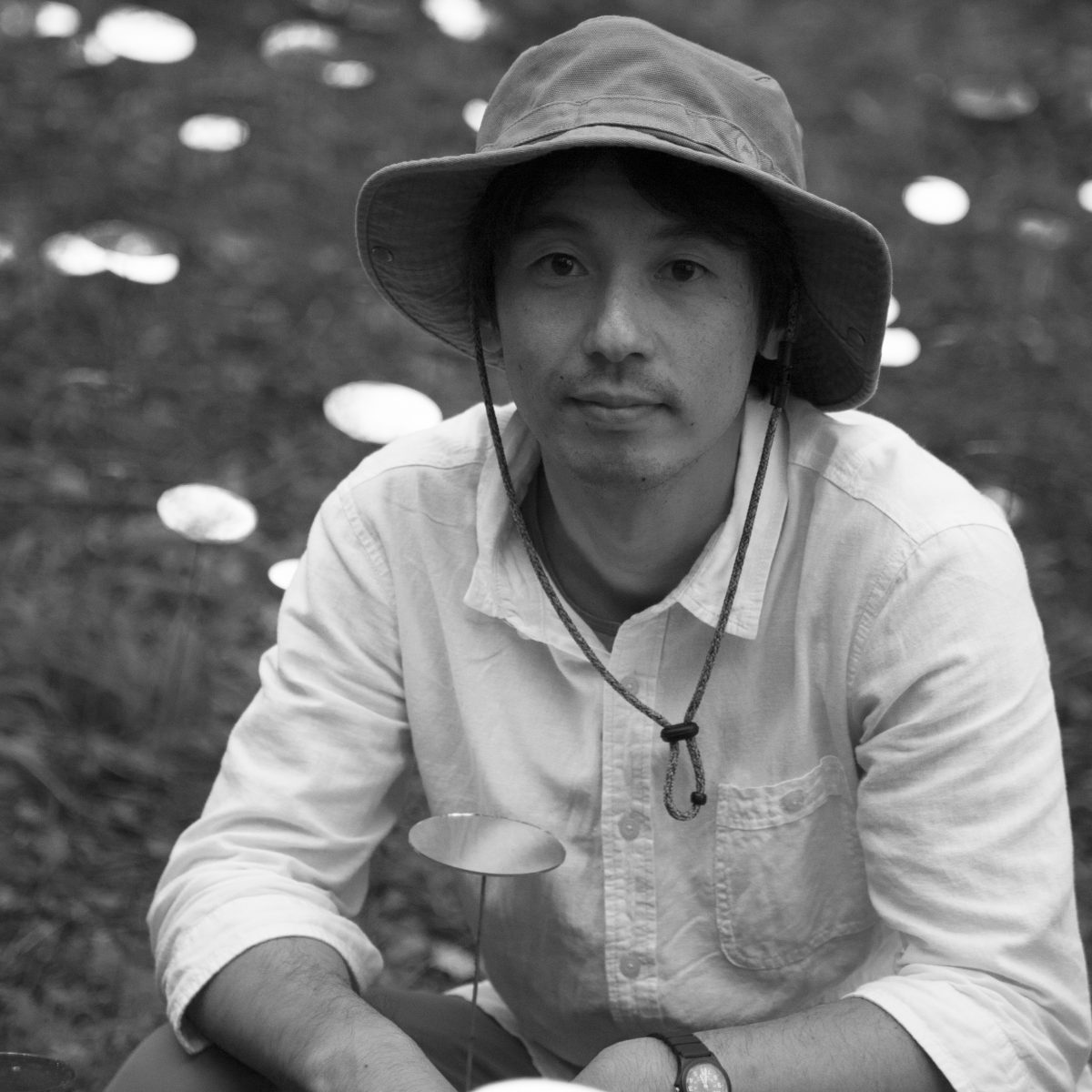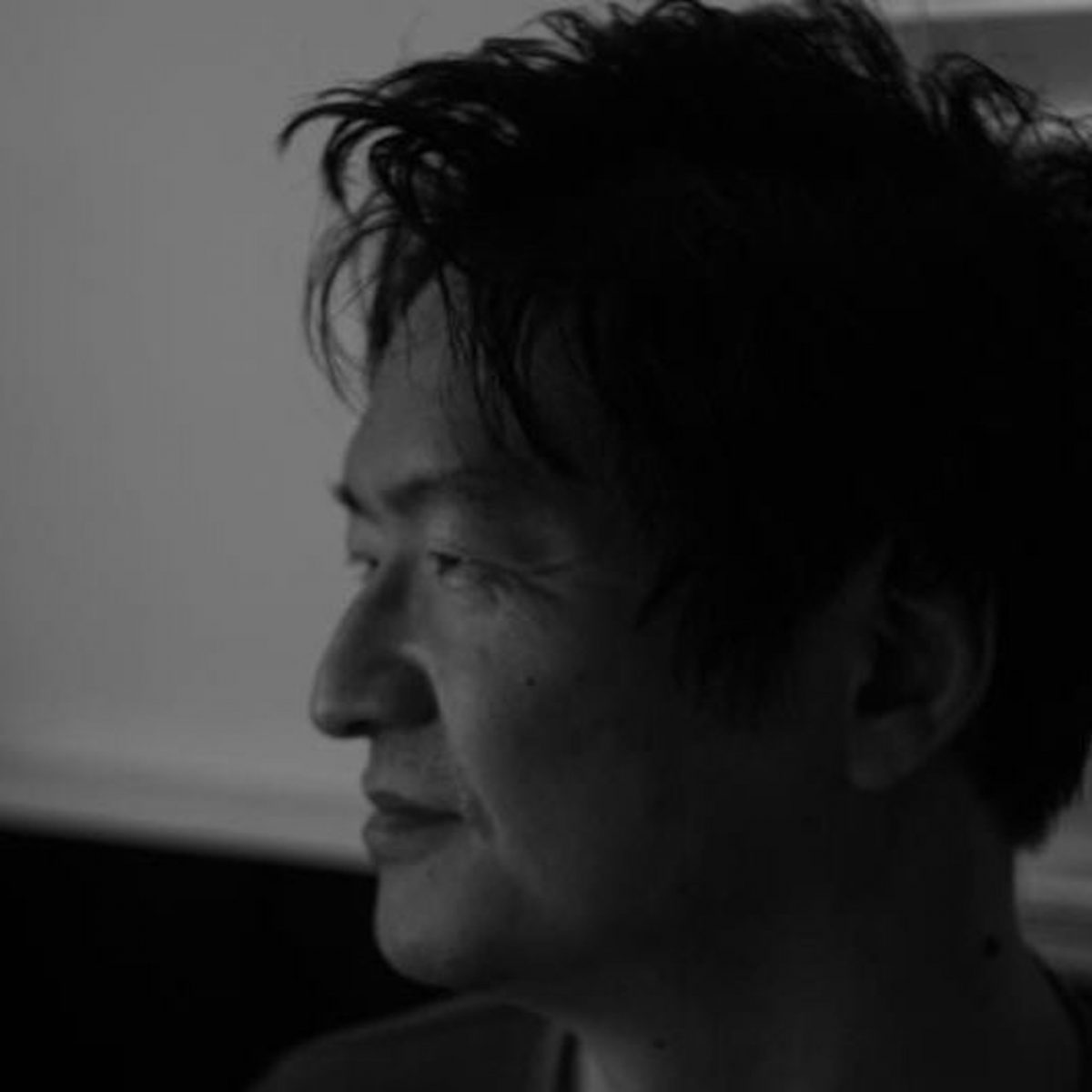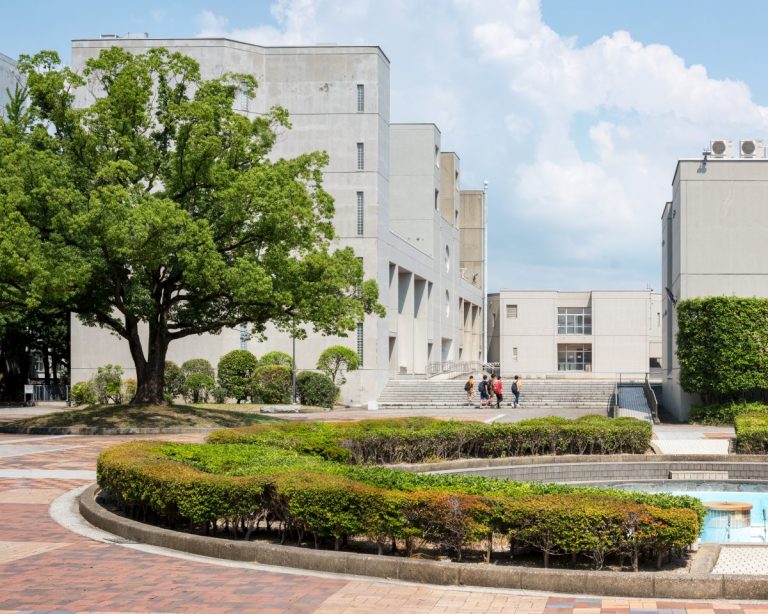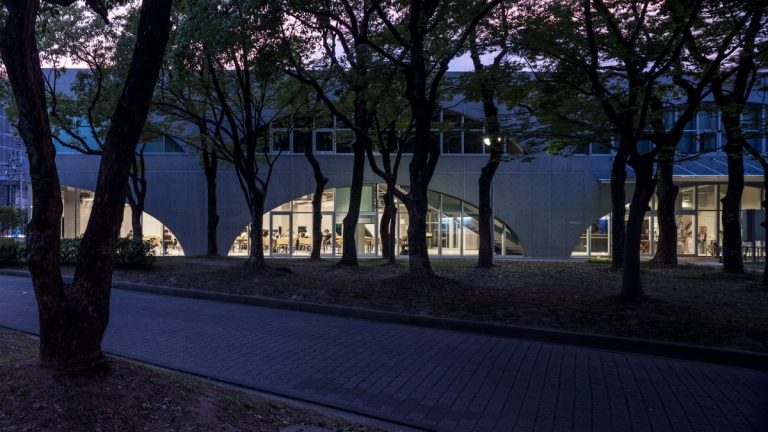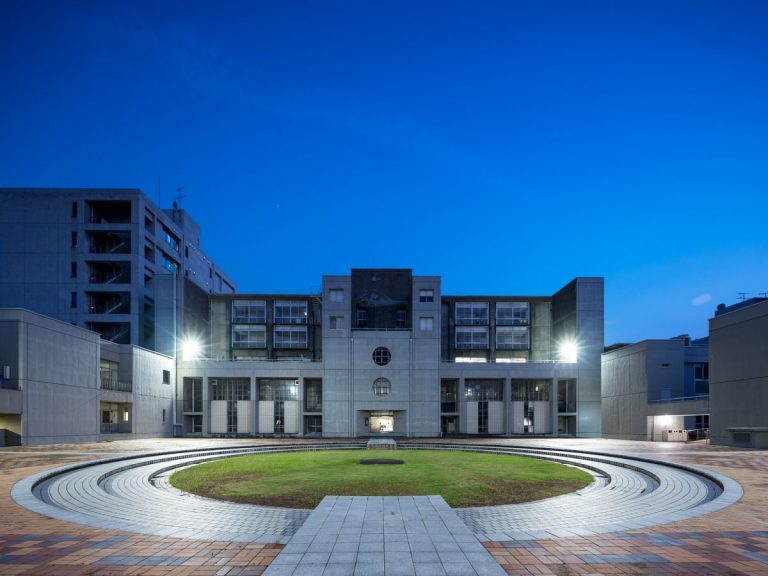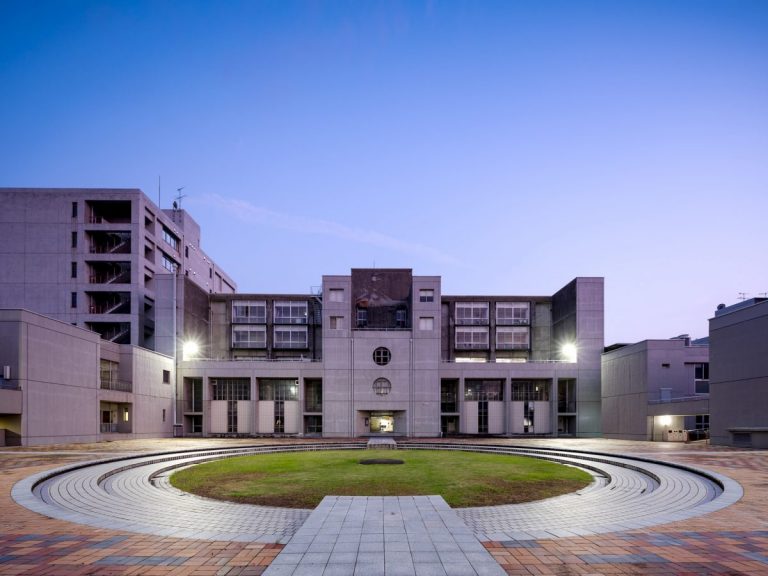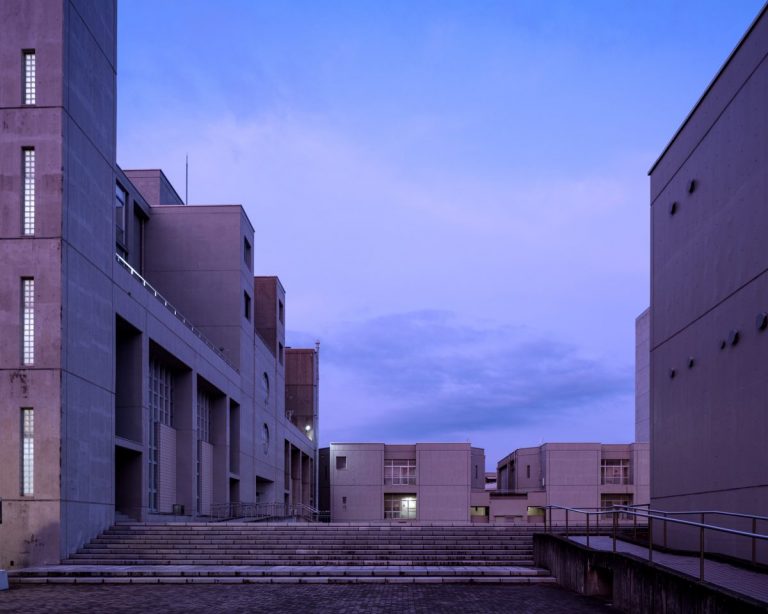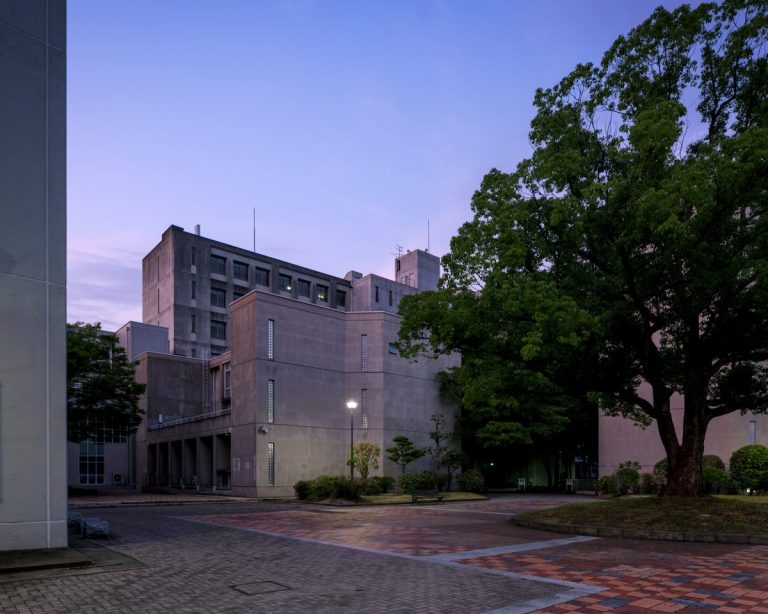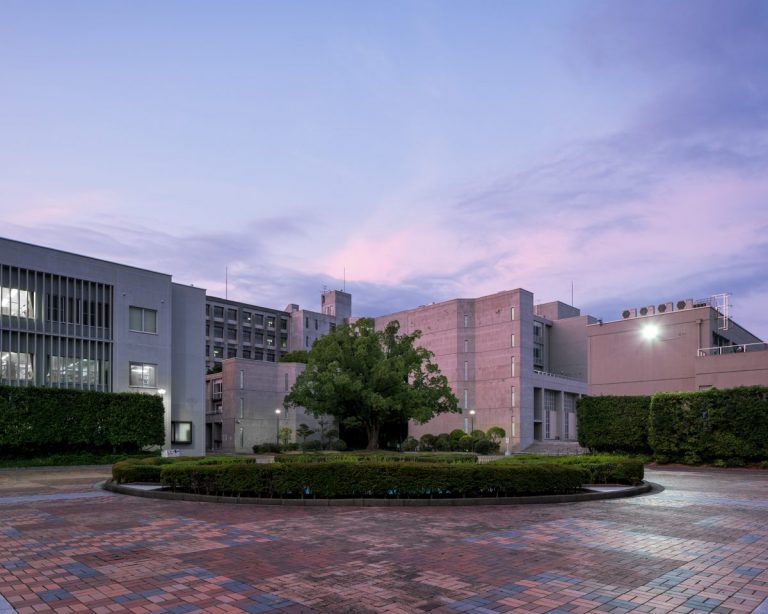The 13th Design Fundamentals Seminar, "Intersection between Photography and Design"
Kyushu University Faculty of Design explores the methodology of design for integrating a wide range of designs. For the 13th design seminar, titled “Intersection between Photography and Design,” an online discussion was broadcasted regarding interdisciplinary theories and practices of photography and design by guest lecturers, media scholar Masuda, Nobuhiro, and artist Kuriyama, Hitoshi, from the Faculty of Design, Kyushu University. Faculty of Design Professor Koga, Toru overviews this new style of online seminar as follows.
Photograph functions as evidence to capture an actual object. A scanned image of ancient scripts with high resolution can no longer show difference from the original and a moving and still footage of a moment of a crime can be used as decisive evidence of a crime. Photography confirms reality and clarifies it. According to media scholar, Nobuhiro Masuda, however, these evidence photographs, in fact, fictionalize reality at the same time. A photograph deprives reality of its realness and makes it more unfamiliar to the viewer.
Masuda explains his argument by demonstrating artist Hitoshi Kuriyama’s work, 0=1 -medium: blue snowfield (2010). This work is an image that was photographed 700 km above Earth’s surface by a satellite, which reflects a moment of a snowy field that appears like bluish field because of the effect of scattered light in the air. We usually regard snowy fields as white, but in this image we observe the color reflected by the distant space and literally “the blue Earth is connected to the outer space.”
Likewise, another of his work, 0=1 -trace of light (2009), shows a moment that a photographic paper is directly exposed to light caused by when the fuse has been blown. This phenomenon happens at an in-between point where a substance changes into nothing, namely, an extremity of transformation when 0=1 becomes enabled. The series of Kuriyama’s works bear witness to a moment of the life-death of a matter and also prove, only at such a moment, a phenomenon can be produced.
In looking at these “evidence photography,” one realizes something all at once: Masuda, referring to Koji Taki’s term “miniature model,” points out the way a photograph differentiates it from reality. It is said that models work to give effect to confirm reality, showing us an accurate appearance of reality. Yet, this model can change one’s worldview fundamentally.
We can ask ourselves a question: why does an architect make a mock-up of reality? That is not because she checks what the design will look like using a model. Rather, it means to change the actual scale of reality, to place the design product in it, and thus to gain a new perspective of the world as well as a new meaning to her creation.
Masuda claims that the 20th century media scholar, Vilém Flusser, calls an operation to give a new form of reality as “in-form.” In-formation means to take “the form” from the existing matter away and to inscribe a new “form” onto it. If it is the case, designing is a constant management of in-formation.
When being asked by a police officer to check your driver’s license to confirm if it has the proper name and address at a driver’s school, most people look at their own ID photograph. To check their ID photograph does not mean to reconfirm themselves, but to discover their own new self-image imbedded within the frame of a driver’s license. That is a kind of a theater, where one plays a certain role, for looking at a drama brings us always certain pleasure.
Date
June 3rd, 2020: 16:30-18:30
Venue
Online
Member
-
 Flyer
閉じる
Flyer
閉じる
Flyer -
![Hitoshi Kuriyama [from left to right] 《0=1 -medium: blue snowfield》 《0=1 -medium: blue drift ice》 《0=1 -medium: blue cloud》 2010, Lambda print, ©︎Hitoshi Kuriyama, Courtesy of JAXA (Japan Aerospace Exploration Agency)](https://www.kidnext.design.kyushu-u.ac.jp/wp-content/uploads/2020/07/Medium-02-1020x432.jpg) Hitoshi Kuriyama [from left to right] 《0=1 -medium: blue snowfield》 《0=1 -medium: blue drift ice》 《0=1 -medium: blue cloud》 2010, Lambda print, ©︎Hitoshi Kuriyama, Courtesy of JAXA (Japan Aerospace Exploration Agency)
閉じる
Hitoshi Kuriyama [from left to right] 《0=1 -medium: blue snowfield》 《0=1 -medium: blue drift ice》 《0=1 -medium: blue cloud》 2010, Lambda print, ©︎Hitoshi Kuriyama, Courtesy of JAXA (Japan Aerospace Exploration Agency)
閉じる![Hitoshi Kuriyama [from left to right] 《0=1 -medium: blue snowfield》 《0=1 -medium: blue drift ice》 《0=1 -medium: blue cloud》 2010, Lambda print, ©︎Hitoshi Kuriyama, Courtesy of JAXA (Japan Aerospace Exploration Agency)](https://www.kidnext.design.kyushu-u.ac.jp/wp-content/uploads/2020/07/Medium-02.jpg)
Hitoshi Kuriyama [from left to right] 《0=1 -medium: blue snowfield》 《0=1 -medium: blue drift ice》 《0=1 -medium: blue cloud》 2010, Lambda print, ©︎Hitoshi Kuriyama, Courtesy of JAXA (Japan Aerospace Exploration Agency) -
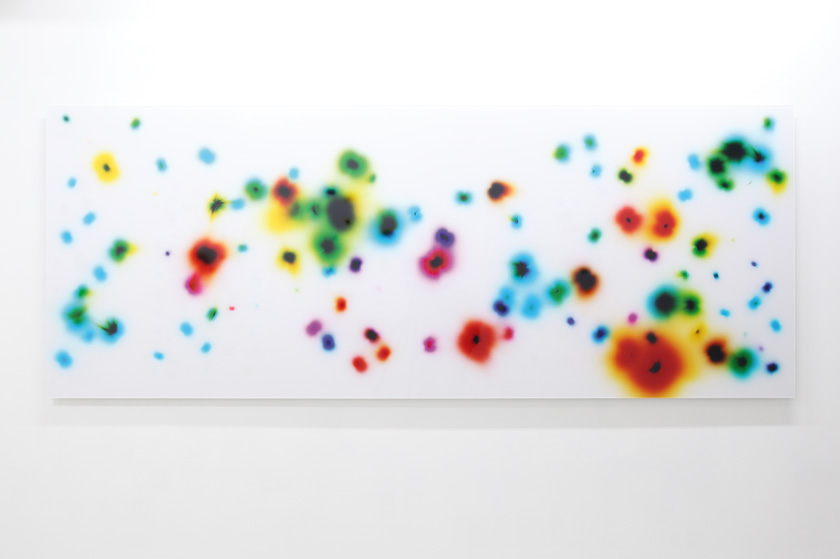 Hitoshi Kuriyama 《0=1 -trace of light》 2009, C-print on acrylic mount, ©︎Hitoshi Kuriyama
閉じる
Hitoshi Kuriyama 《0=1 -trace of light》 2009, C-print on acrylic mount, ©︎Hitoshi Kuriyama
閉じる
Hitoshi Kuriyama 《0=1 -trace of light》 2009, C-print on acrylic mount, ©︎Hitoshi Kuriyama
![九州大学イノベーションデザインネクスト[KID NEXT]](https://www.kidnext.design.kyushu-u.ac.jp/wp-content/themes/kidnext/img/logo_header.png)
